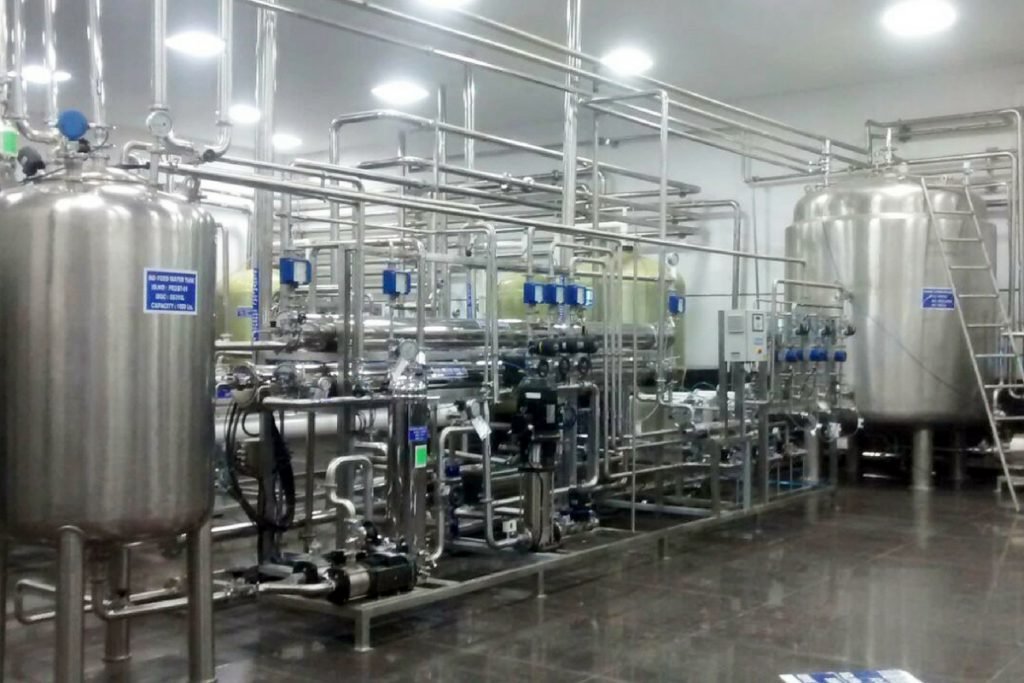A handy guide to validating high purity water systems

Irrespective of the system used to generate high purity water, regulatory guidelines around the world mandate validation of the system. Validation is necessary to monitor system performance including that of storage and distribution systems. It ensures that the system is operating within design parameters and also the consistent production of desired quality of water. Validation also prevents unacceptable microbial, chemical and physical impurities from being generated during water generation, storage and distribution.
Validation allows us to prove the performance of processes or systems under all conditions encountered during future operations. This is achieved by consistently producing the same quantity and quality of water during operations and maintaining this according to specific written operating and maintenance procedures.
Validation of high purity water systems involves proving
- Engineering design
- Operating procedures and acceptable ranges for control parameters
- Maintenance procedures to accomplish it
- The system has to be
- designed
- installed
- successfully tested in all operating conditions
- Variations in daily, weekly and annual usage patterns must be validated
A validation report is written at the conclusion of equipment, instrumental and operational qualification and also at the completion of the validation protocol. This report serves as the primary document during FDA inspection and also as a reference document if any changes are made to the system and revalidation is needed.
Documentation required during validation includes
- Verification of design documentation including a description of installation and functions and specifications of functions.
- Operating procedures
- Maintenance instructions & records
- Training of personnel
- Environmental records
- Plant inspection
Once validation is complete, an effective Standard Operating (SOP) procedure is finalised, with the assurance that the system can consistently produce water that meets spec over long periods. If any deviations from SOP are observed, it is necessary to determine the change and impact on the whole system and carry out revalidation based on the change and impact.
Any validation protocol must include the elements outlined above. However the validation process is long, and often small details can be overlooked. A couple of the most commonly overlooked considerations have been outlined below:
UV Lights
When UV lights pass through microorganisms, they inhibit reproduction and disrupt the DNA of the cell. Therefore, the UV lamp must function at optimum efficiency at all times to maintain the quality of UV rays and keep microbial contamination in check.
Water samples from test ports are analysed before and after UV to determine whether microbiological contamination is present. UV systems are never absolute in the reduction of microorganisms; they contribute to their reduction by 2 to 3 logs, with the reduction sometimes around the level of 100cfu/ml.
As per standard validation procedures, UV lamps must be replaced every six months as quartz in most lamps accumulates impurities in raw water. The ballast that provides power to the UV lamp should also be changed every 2-3 years. Intensity meters are a must as they help not only in the maintenance of the UV lamp but also with the validation.
Biofilm Formation
A well-known problem that plagues the water industry, biofilm is formed if water is stagnant even for a short while. Bacteria, microbes, pathogens (E-coli, salmonella) and other organisms present in water attach themselves to the inner surface of pipelines and lead to the formation of biofilms. The initial biofilm formation is a slimy layer – these layers are hydrophobic and help the microorganisms remain attached to the surface. Biofilm also damages pipes because of the presence of bacteria which produce hydrogen sulphite which react with iron in pipes and cause corrosion. Removal of biofilm is an expensive and challenging exercise, so prevention is the preferred route by any means. To control microbial growth, the RO system must be cleaned and sanitised regularly, particularly 1st pass RO. Cleaning before sanitisation helps disrupt the biofilm which protects the bacteria and does not allow it to come in contact with the sanitising reagent. It will also remove foulants that react to and chemically deplete the sanitising reagent.
Sanitising is done in a two-step process that involves the use of an acidic reagent such as citric acid to remove inorganic foulants, followed by a high PH reagent such as sodium hydroxide which helps in remove organic foulants. The RO system is sanitised using formaldehyde or hydrogen peroxide and then thoroughly rinsed until all chemicals are flushed out of the system.
This process of chemical cleaning and sanitisation must be carried out at regular intervals, and this schedule should be based on the level of microbial concentrations and samples collected from the 2nd pass RO permeate outlet. Typically as per standard SOP, cleaning and sanitisation should be carried out every 10 – 15 days. A detailed log should be maintained along with periodic test results of an increase in microbial growth of permeate water.
The quality of the high purity water generated is critical to the processing of pharmaceuticals. Validation of the high purity water system and close adherence to the SOPs are essential to maintaining the quality and integrity of the generated water. When conducting a high purity water system validation, considering the points outlined in this article will increase the odds of a successful validation.
Categories
Recent Posts
Subscribe
Never miss a post from Fabtech. Sign up to receive updates direct to your inbox.
